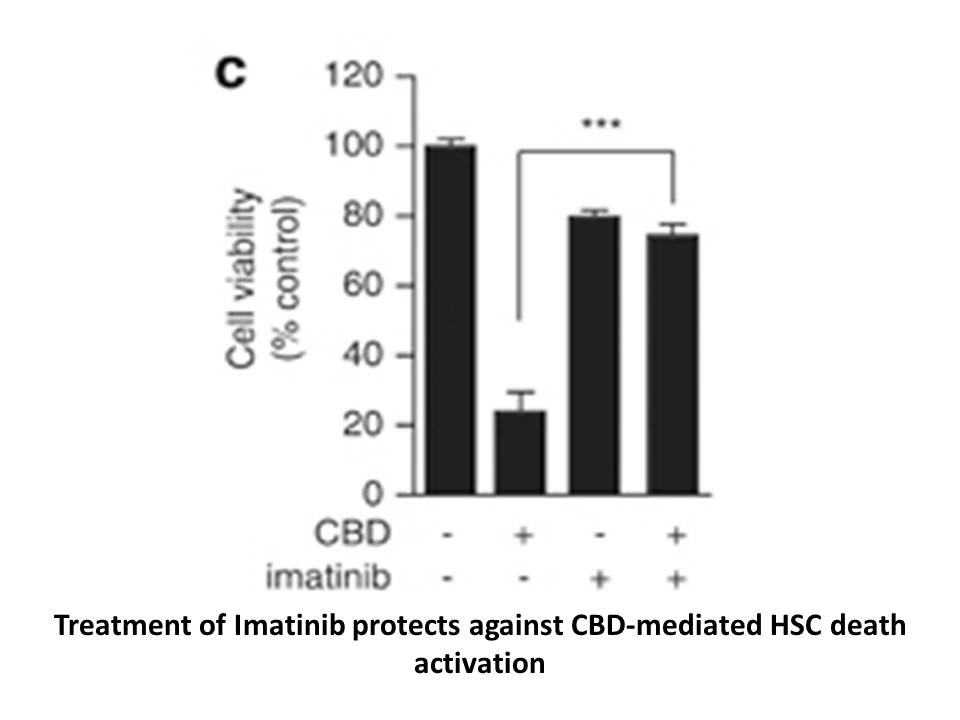Archives
The paper is organized as follows After describing our data
The paper is organized as follows. After describing our data sources and methods, we examine variation in probability of survival to age 70 (S70) across US counties, extending previous research (Cullen, Cummins, & Fuchs, 2012) and showing that women consistently exhibit greater survival “resilience” to socioeconomic adversity. Part II explores changes in M/F mortality across now-developed countries since 1900, while Part III examines the myosin of sex differences in mortality in the contemporary developing world. Part IV turns to the Former Soviet Union (FSU) and Eas tern Europe to exploit the great natural experiment unleashed by Gorbachev\'s reforms and the subsequent “transformational recessions”. The final section summarizes our observations about variation over time and place, and then returns to the question of why women live longer than men and the implications for reducing excess male mortality.
tern Europe to exploit the great natural experiment unleashed by Gorbachev\'s reforms and the subsequent “transformational recessions”. The final section summarizes our observations about variation over time and place, and then returns to the question of why women live longer than men and the implications for reducing excess male mortality.
Data and methods
We measure mortality as survival to age 70 (S70) or LE from birth (e0) which we will refer to as simply LE for brevity. We prefer the former because of its reliability of estimation in small populations for which rates of mortality among older age groups are unstable. However, for many populations and subpopulations of a priori interest, we must rely on published estimates of LE, secondarily derived. As our measure of differential mortality we have chosen M/F (either M/F70 where possible, or M/FLE) as our outcome measure. The preference for M/F as a statistic is twofold: first, it is almost uniformly between 0.6 and 1 in the data, conferring some ease of presentation; and second, it is consistent with the evolving demographic concept that in high income, low fertility societies, female mortality represents at a place and time the species longevity “gold standard”, a target we hope men could emulate, i.e. that M/F70 or M/FLE would approach unity. However, it should be noted that in other societies—particularly those pre-transition societies plagued by poverty and high maternal mortality and/or rampant discrimination against women—a M/F70 or M/FLE approaching or exceeding unity appears to imply the opposite: a red flag signaling deletion female survival is far below potential.
Despite the noted similarities between M/F70 or M/FLE—and the strong positive correlation between them—the metrics are not interchangeable. The meaning of an M/FLE of 0.90, for example, is not the same as an M/F70 of the same numeric value: the former is about average in our LE data sets, the latter so high as to be seen only in the very wealthiest and very poorest of populations.
Others have previously published the average life expectancy for 187 countries by decade since 1970 (Wang et al., 2012). We grouped these countries using data from the Global Burden of Disease project (Lozano et al., 2012). Specifically, we defined five groups of countries (Group 1 most developed) based on the country\'s 2010 Human Development Index, modified to exclude LE as a core measure to avoid autocorrelation in our analyses, as discussed below. The decision to classify based on stage of development at the end of the observation period, not the beginning, was arbitrary, and was designed to facilitate observation of sex differences in mortality patterns with foreknowledge of the countries\' economic/social development “endpoint”. Likewise we separated out the former Warsaw Pact countries, designated at Group 1E, because of their distinct survival and sex differences in mortality patterns. The countries classified in each of the five groups are listed in Supplementary Table 1.
A third a priori decision was to exclude from detailed consideration period-place combinations where maternal mortality was or remains very high and where epidemiologic and demographic transition has not yet begun. Therefore we have not analyzed data on M/F in any countries before 1900 or in contemporary Group 4 countries—the world\'s very poorest—except for a single comparison with developing countries that have entered transition.